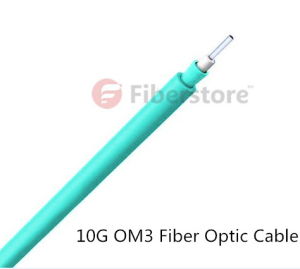40G network are now being extensively adopted within LANs and data centers. 100G is still predominantly in the carrier network, but could soon extend its stretch to your local network. There exists much confusion as to whether to choose single-mode fiber (SMF) or multimode fiber (MMF) for deploying 40G bandwidth, considering the single mode vs multimode fiber cost. As well as how to get fully prepared for scaling to higher-speed 100G. If you are hesitating to make the choice, you may find this article helpful.
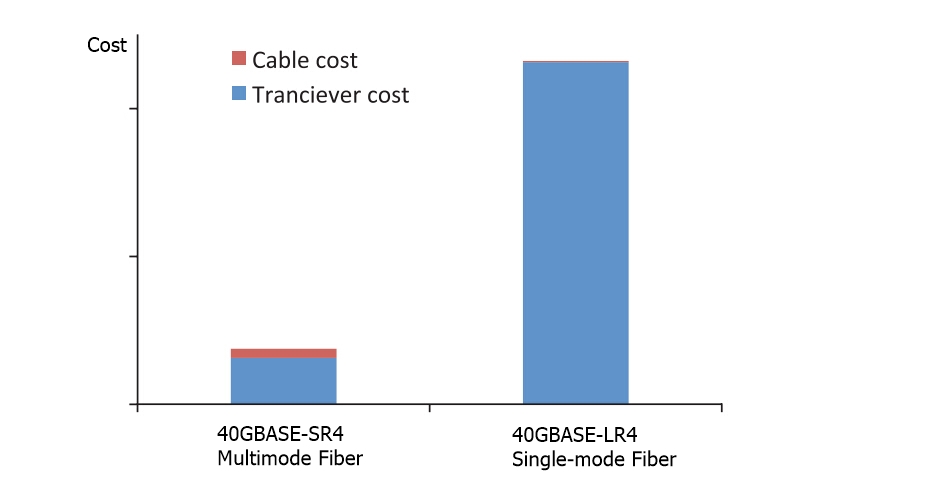
Cost-effectiveness: Multimode fiber (MMF) has been evolving to handle the escalating speed: OM3 has been superseded by OM4 and OM5 is there ready to use. MMF has a wider array of short distance transceivers that are easier to get. One of the liable argument that in favor of using MMF is that multimode optics use less power than single-mode ones, but only in condition that you have tens of thousands of racks. In essence, MMF still has its position under certain circumstances, like cabling within the same rack, in Fiber Channel and for backbone cabling in some new construction buildings.

Tolerance to Dirt: Multimode fiber tends to have a lot more tolerance to dirty connections than single-mode fiber. It can handle very dirty couples or connectors to ensure reliable and consistent link performance. Besides, it is easy to terminate, and more accommodating bend radius. So MMF is preferred by links that change frequently or are less than permanent.
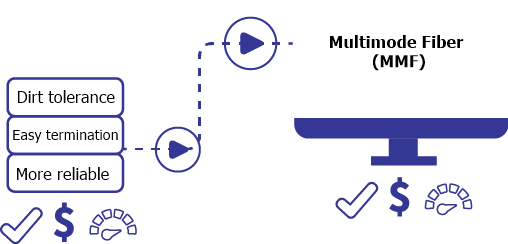
Speed capability: Capacities are really vital for network growth. SMF does so with relatively larger capability than that of MMF. The gap between SMF and MMF cabling is much wider for high-density, high-speed networks. If you want to go further with SMF, say scaling to 100G or beyond, you simply need to upgrade the optics. Unlike using MMF, in which you have to upgrade the glass (OM3 to OM4 to OM5), the labor cost concerning this cannot be underestimated. The capacity for scaling of SMF alone makes it worth the cost. You can use single-mode for almost everything, no need for media conversion. SMF offers enough bandwidth to last a long time, making it possible to upgrade 100 Gbps to Tbps with CWDM/DWDM.
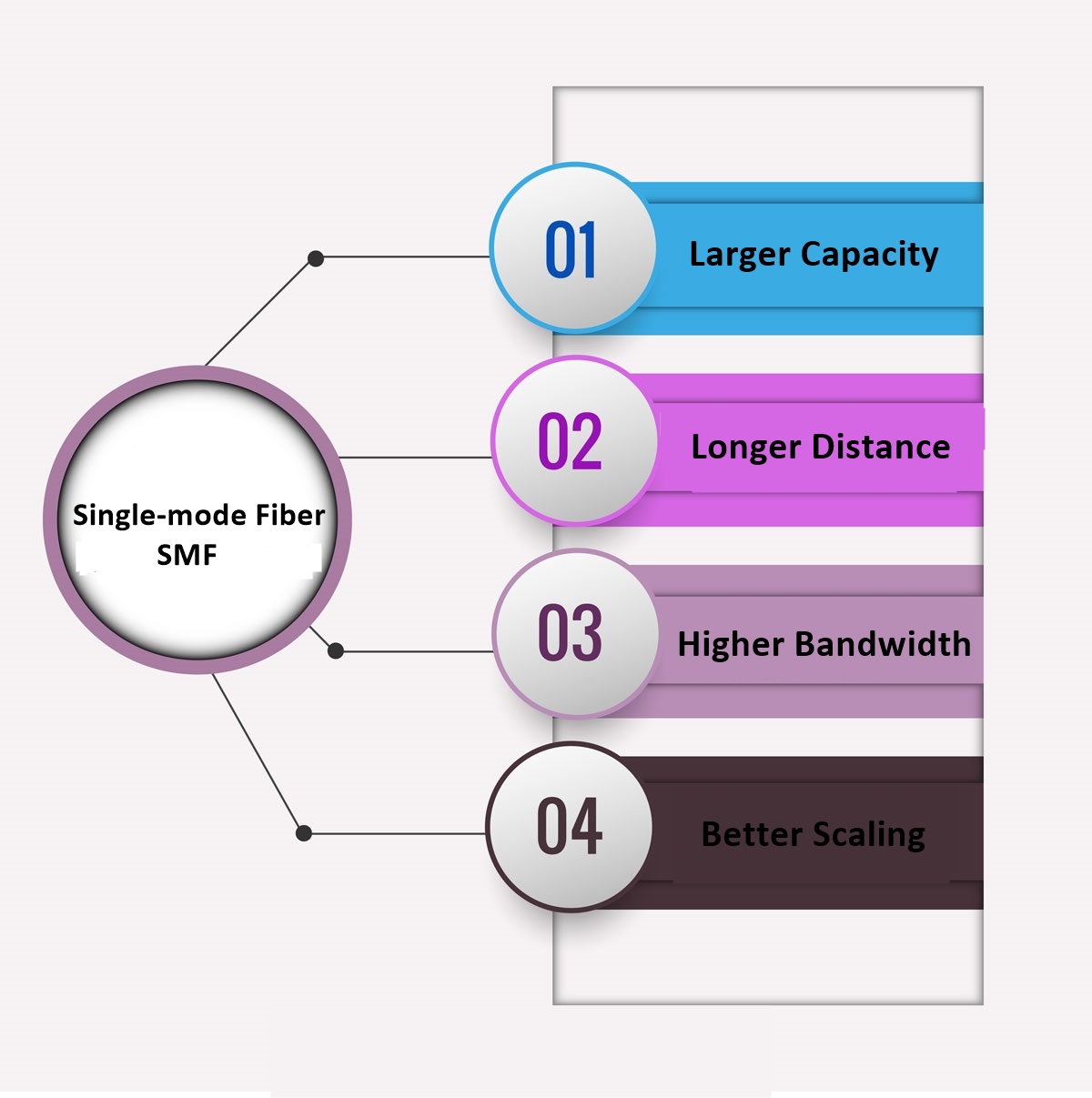
Future proofing: Despite the fact that SM optical transceivers usually cost higher than MM optics, SMF cabling is cheaper and can support much longer distance and reliable performance. Not to mention that bandwidth on SMF keeps going up and up on the same old glass. The good news is that the cost of SMF is dropping in recent years, and it is redesigning to run with less power, thus advocators of SMF think that it is pretty much the only rational choice for infrastructure cabling and the sure winner for today and tomorrow.
There is no doubt that SMF is a better investment in the long run, but MMF still has a long way to go in data center interconnections. In fact the price difference of SMF optics and MMF optics can be minimized if you choose the right solution. Assuming to connect two 40G devices at 70 m away, let’s see the single mode vs multimode fiber cost for deployment in the following chart.
| Module | Connector Type | SMF or MMF | Price | 2 Connections | 4 Connections | 6 Connections |
|---|---|---|---|---|---|---|
| 40GBASE-SR4 | MPO12 | MMF, OM4 | $49.00 | $564.48 | $1128.96 | $1693.44 |
| 40GBASE-BiDi | LC | MMF, OM4 | $300.00 | $1534.24 | $2734.24 | $3934.24 |
| 40GBASE-LR4 | LC | SMF, OS2 | $340.00 | $1,609.84 | $2,969.84 | $4,329.84 |
| 80 Gbit | 160 Gbit | 240 Gbit |
Choosing the right fiber for your network application is a critical decision. Understanding your system requirements in order to select the appropriate fiber will maximize the value and performance of your cabling system. Be sure to select the right cable on the basis of aspects including link length, performance, and of course costs. FS provides a broad range of 40G optical transceivers and fiber patch cables with superior quality and fair price. For more details, please visit www.fs.com.
Related Article: Single Mode vs Multimode Fiber: What’s the Difference?


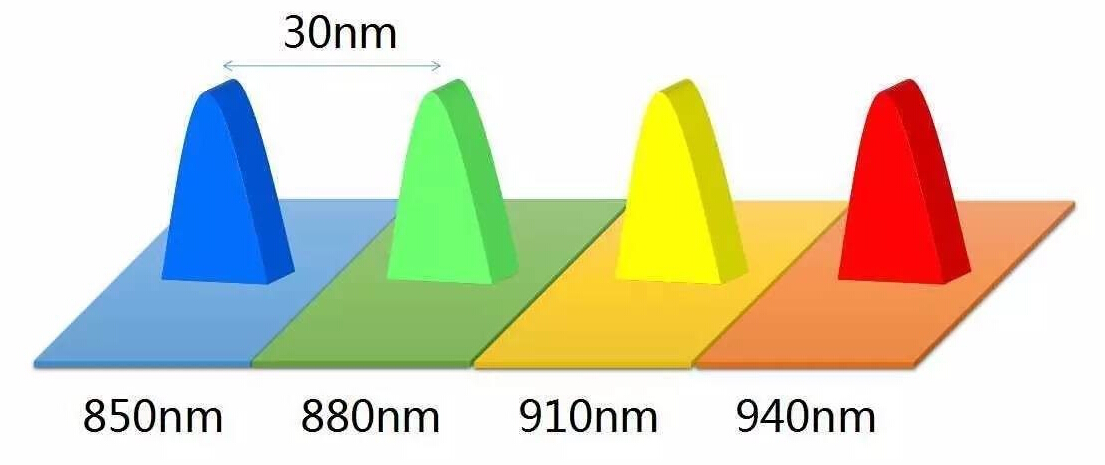
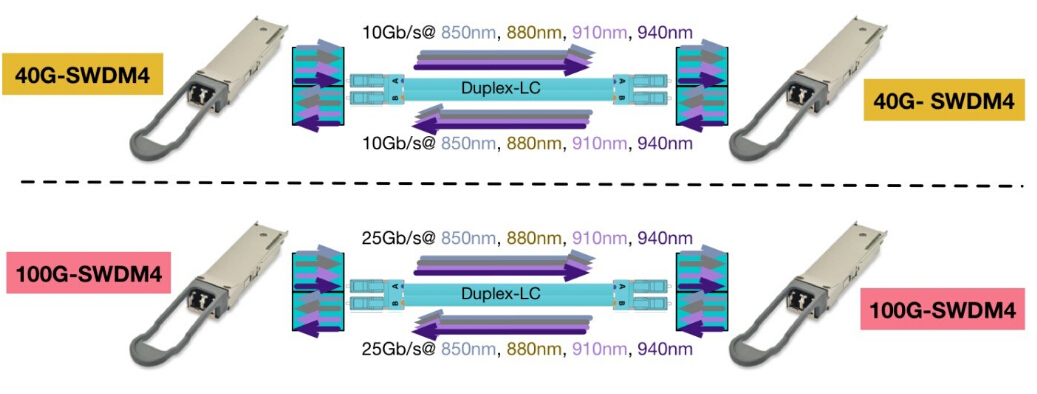

 As we all know, when optical fiber exceeds a certain bend radius, some amount of light can be lost, causing signal loss. This can happen during installation or anytime during fiber handling, and is often a concern within the tight spaces of high-density fiber patching areas in the data center. Today, a bend insensitive multimode fiber (BIMMF) was introduced, which can withstand tight bends, or even kinks, without suffering significant loss or any loss in a lot of cases. However, there are no standards around BIMMF and there are concerns about compatibility between BIMMF and traditional fibers. Besides, there are also questions around bandwidth measurements in the factory and actual performance in the fields. So, does BIMMF really make sense? Let’s find the answer together.
As we all know, when optical fiber exceeds a certain bend radius, some amount of light can be lost, causing signal loss. This can happen during installation or anytime during fiber handling, and is often a concern within the tight spaces of high-density fiber patching areas in the data center. Today, a bend insensitive multimode fiber (BIMMF) was introduced, which can withstand tight bends, or even kinks, without suffering significant loss or any loss in a lot of cases. However, there are no standards around BIMMF and there are concerns about compatibility between BIMMF and traditional fibers. Besides, there are also questions around bandwidth measurements in the factory and actual performance in the fields. So, does BIMMF really make sense? Let’s find the answer together.
 cess loss. There is also evidence that connector incompatibility and fiber geometry differences (core diameter) may cause direction dependence regardless of fiber type. In fact, according to most fiber manufacturers, BIMMF is fully compatible with OM2, OM3 and OM4 standards for laser-optimized multimode fibers and is also backward compatible with the installed base of non-laser-optimized 50µm multimode fibers.
cess loss. There is also evidence that connector incompatibility and fiber geometry differences (core diameter) may cause direction dependence regardless of fiber type. In fact, according to most fiber manufacturers, BIMMF is fully compatible with OM2, OM3 and OM4 standards for laser-optimized multimode fibers and is also backward compatible with the installed base of non-laser-optimized 50µm multimode fibers.





